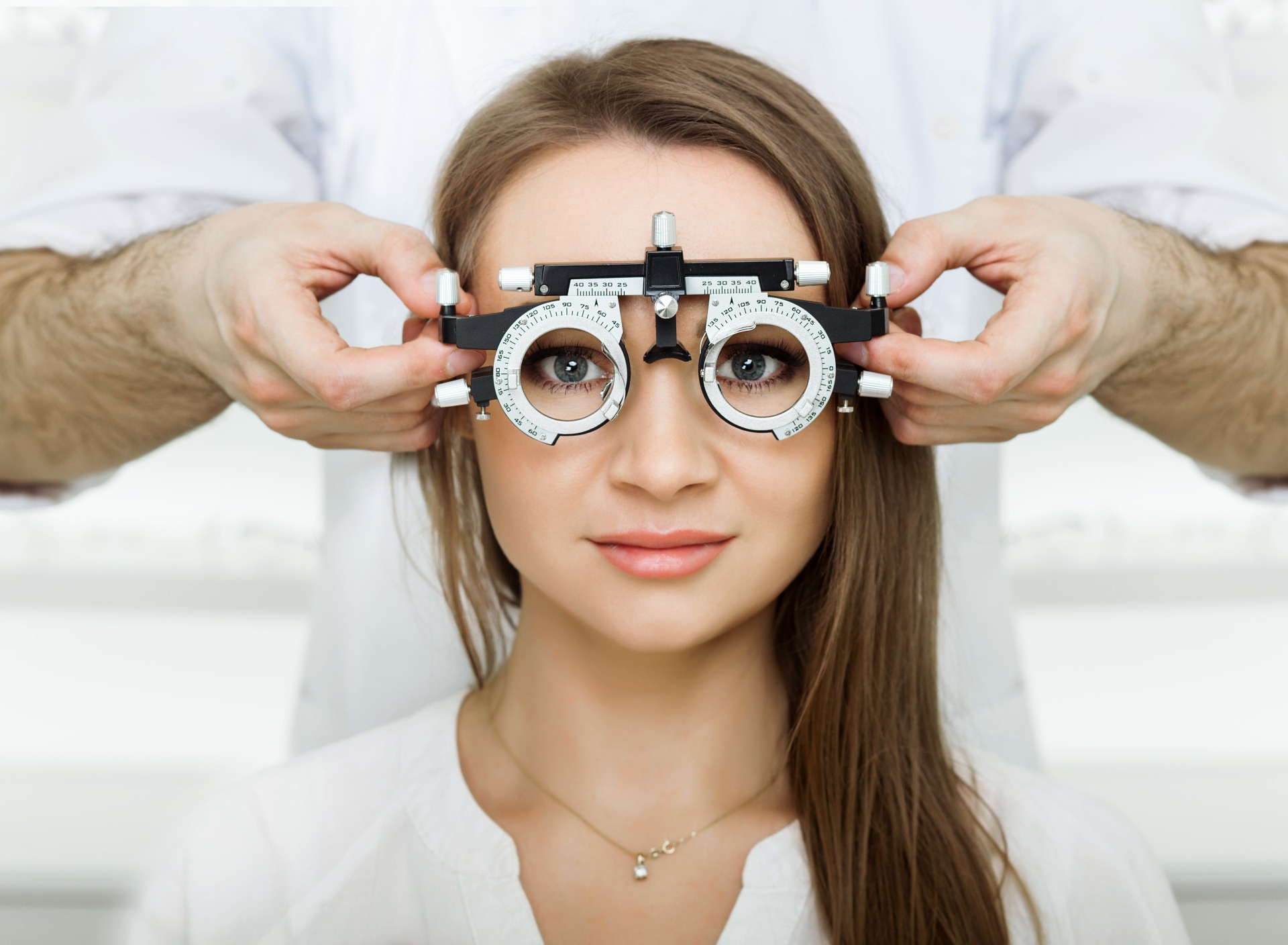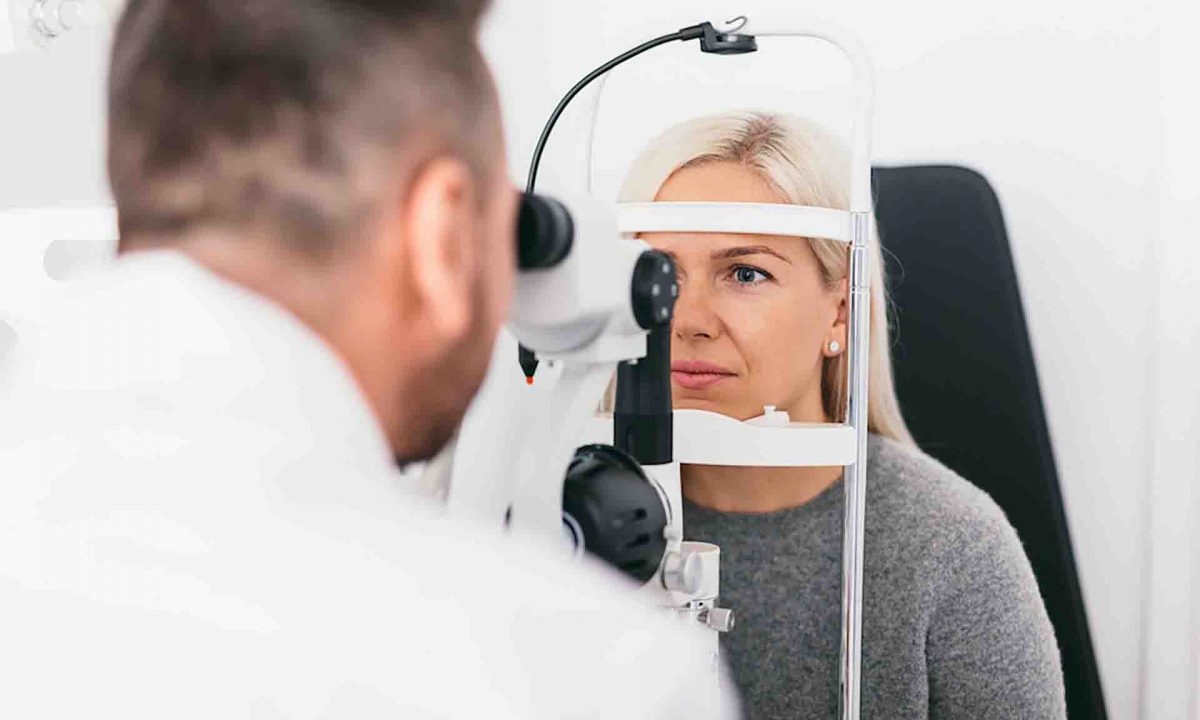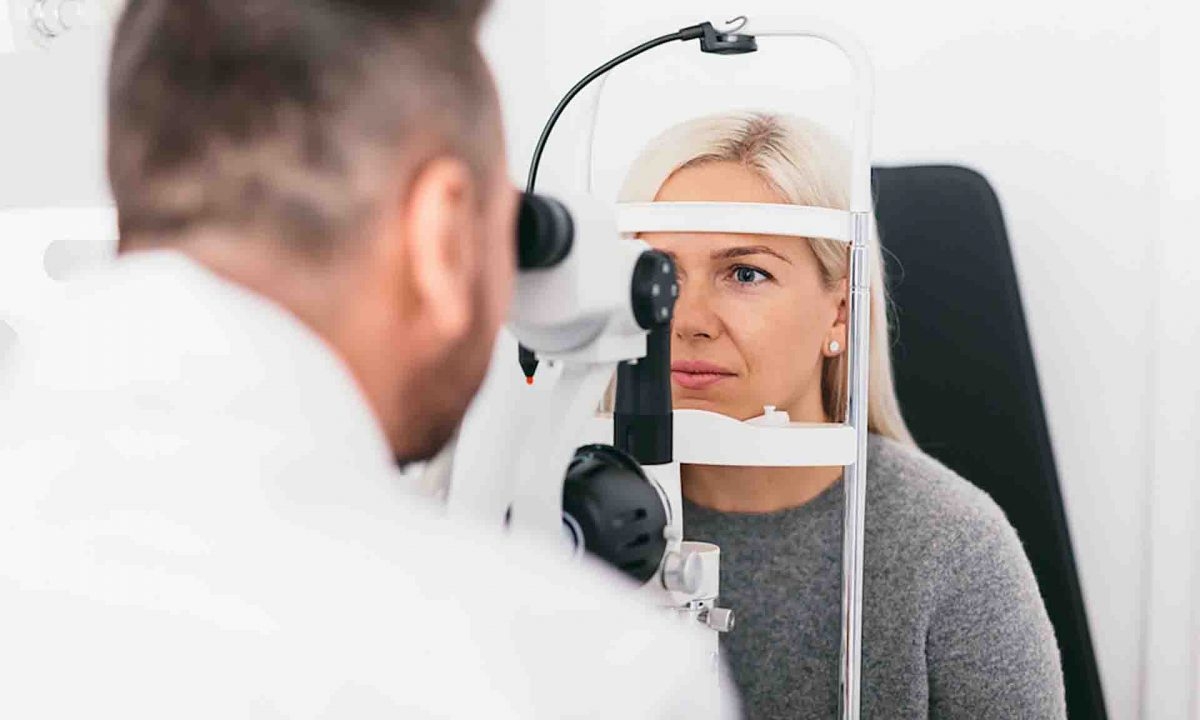In the world of eye care, the term "20/20 vision" is often used to describe perfect visual acuity. But what about 20/40 vision? Is it a cause for concern, or simply a variation in the spectrum of sight? In this blog, we'll delve into the concept of 20/40 vision, exploring what it means, its importance, and the benefits it brings to those who experience it.
What is 20/40 Vision?
Let's start by demystifying the term. In the realm of optometry, visual acuity is measured using the Snellen chart, a standardized eye chart with letters or symbols of different sizes. A person with 20/20 vision can see at 20 feet what the average person should see at that distance. Now, when we talk about 20/40 vision, it means that the individual can see at 20 feet what a person with 20/20 vision can see at 40 feet.
In simpler terms, someone with 20/40 vision might need to be twice as close to an object to see it as clearly as someone with perfect vision. While 20/40 vision is not classified as perfect, it is considered within the range of normal vision. In fact, many people across the globe have 20/40 vision and lead perfectly functional lives without the need for corrective lenses.
Importance of 20/40 Vision
Understanding the importance of 20/40 vision requires recognizing its role in daily activities. For most individuals, 20/40 vision allows them to perform routine tasks without significant hindrance. Activities such as reading, driving, and recognizing faces at a reasonable distance are generally manageable with 20/40 vision.
Furthermore, many vision screenings for activities like obtaining a driver's license require individuals to have at least 20/40 vision. This standard ensures that drivers can adequately see road signs, traffic signals, and other essential details for safe navigation on the roads.
Benefits of 20/40 Vision

Following are the benefits of 20/40 vision:
Functional Independence
One of the primary benefits of 20/40 vision is functional independence. Individuals with this level of visual acuity can go about their daily lives with minimal disruption. While they may need to be closer to certain objects for optimal clarity, they can generally engage in a wide range of activities without relying on corrective lenses.
Reduced Dependence on Corrective Measures
Unlike individuals with more severe visual impairments, those with 20/40 vision often have reduced dependence on corrective measures such as glasses or contact lenses. While some may choose to use them for specific tasks or activities, many can navigate their surroundings comfortably without the constant need for visual aids.
Meeting Standard Requirements
Meeting the 20/40 vision standard is crucial for various aspects of life, such as obtaining a driver's license or pursuing certain professions. Individuals with 20/40 vision typically meet the visual requirements for these activities, contributing to their overall quality of life and participation in society.
Explore a vivid spectrum of vision possibilities! From 20/20 clarity to unique visual experiences like 20/40 vision, delve into the captivating world of eyesight on our healthcare blogs in USA.
Addressing Common Concerns: Is 20/40 Vision a Cause for Worry?

As we navigate the landscape of visual acuity, it's not uncommon for individuals with 20/40 vision to wonder if their sight is cause for concern. In this section, we'll address some common concerns and questions surrounding 20/40 vision, shedding light on whether it warrants worry and what steps individuals can take to ensure optimal eye health.
Common Concerns
Following are some common concerns of people regarding 20/40 vision:
Am I at a Disadvantage Compared to Those with 20/20 Vision?
It's natural to wonder if having 20/40 vision puts you at a disadvantage. The truth is, while 20/20 vision is considered ideal, 20/40 vision is well within the normal range. In many cases, individuals with 20/40 vision can perform daily tasks without significant hindrance. It's essential to remember that vision exists on a spectrum, and variations like 20/40 contribute to the diversity of human experience.
Does 20/40 Vision Require Corrective Measures?
Individuals with 20/40 vision often enjoy functional independence without the constant need for corrective lenses. While some may choose to use glasses or contact lenses for specific tasks, many find that they can navigate their world comfortably without relying on visual aids. However, regular eye check-ups are crucial to monitor any changes in vision and ensure overall eye health.
Can 20/40 Vision Change Over Time?

Like any aspect of health, vision can change over time. Factors such as aging, genetics, and environmental influences can impact visual acuity. Regular eye examinations are essential to monitor these changes and address any emerging issues promptly. In some cases, individuals with 20/40 vision may experience shifts in their sight that could benefit from corrective measures.
Taking Proactive Steps for Eye Health
Some proactive steps you can take fir better eye health are as follows:
Healthy Lifestyle Choices
Adopting a healthy lifestyle contributes not only to overall well-being but also to eye health. Eating a balanced diet rich in vitamins and minerals, staying hydrated, and avoiding excessive screen time can positively impact vision. Additionally, protecting your eyes from harmful UV rays by wearing sunglasses when outdoors is a simple yet effective measure.
Regular Eye Check-ups

Regardless of your current visual acuity, regular eye check-ups are vital for maintaining eye health. Eye professionals can detect and address issues early on, ensuring that any changes in vision are promptly addressed. This proactive approach is especially crucial for those with 20/40 vision, as it allows for timely intervention if needed.
Awareness and Education
Understanding the nuances of 20/40 vision and dispelling common misconceptions contribute to a more informed and empowered perspective. Awareness campaigns and educational initiatives play a crucial role in ensuring that individuals with 20/40 vision embrace their unique visual experience without unnecessary worry.
Conclusion
In conclusion, 20/40 vision, while not perfect, falls within the normal range of visual acuity. Understanding its implications and benefits is essential for appreciating the diversity of human vision. Many individuals with 20/40 vision lead fulfilling lives, participating in everyday activities with relative ease. So, whether you have 20/20, 20/40, or any other vision, remember that each perspective adds to the rich tapestry of human experience.


